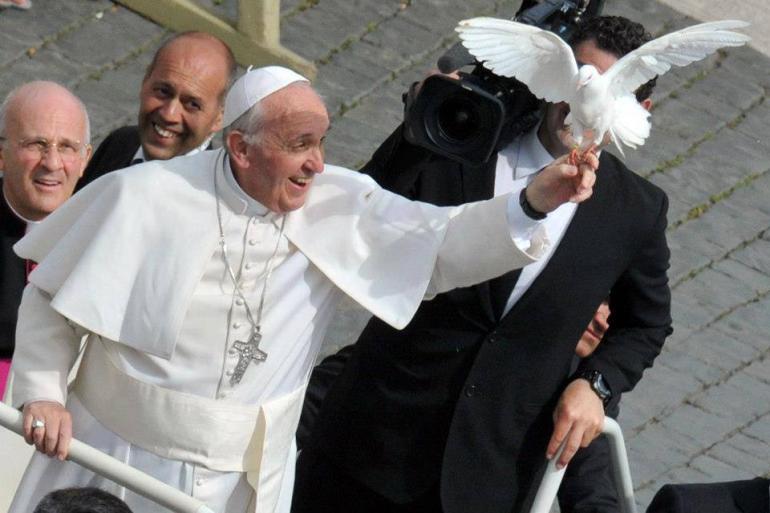Vatican Bank in Trouble Again after Top Officials Step down Amid Money Laundering Scandal
By Christopher Harress
The Vatican has once again been rocked by scandal as Italian prosecutors press ahead with a money-laundering investigation of three of its top former officials that threatens the Holy Seeís Institute for the Works of Religion (IOR), or as itís commonly known, the Vatican bank. Following the arrest of Monsignor Nunzio Scarano, who was head of analytical accounting, for allegedly attempting to smuggle $26.5 million from Switzerland to Rome; Giovanni Maria Zito, a former agent who is now a Carabinieri police officer; and Giovanni Carenzio, a financial broker, in June, two more top Vatican officials have been accused, prompting their resignations. The news comes at a bad time for Pope Francis as his plans to bring the bank into line with other European banks, even agreeing to forgo the Vaticanís infamous secrecy laws, look to have taken a hit. In June, Father Battista Ricca, a close friend of the pontiff, was appointed prelate of the IOR, which has been seen as an attempt by the pope to speed the cleanup of the bankís troubled reputation. The last act of Pope Benedict XVI, designed to bring stability to the bank, was appointing Ernst Von Freyberg as president of the supervisory board in February, but just three months later he was promoted to interim director following the resignation of Paolo Cipriani and his deputy Massimo Tulli over the Scarano smuggling case. In a Financial Times interview in May, Von Freyberg said he considered it his task to ďget IOR super compliant and a respected member of the financial system, and out of the newspapers.Ē This is not the first time the Vatican Bank has caused controversy in the financial sector. From 1971 to 1989, Archbishop Paul Marcinkus was involved in the higher echelons of the Vatican Bank. He was allegedly involved with Mafia-linked Sicilian banker Michele Sindona and Italian banking executive Roberto Calvi, president of Banco Ambrosiano, which collapsed with massive debts, including around $250 million to IOR, one of Bancoís main shareholders. After a number of investigations by the Organized Crime and Racketeering Section of the U.S. Justice Department, including his alleged involvement in the delivery of $14.5 million worth of counterfeit bonds to the Vatican in July 1971, Marcinkus was cleared of wrongdoing. Calvi, on the other hand, was found dead, hanging from a rope under Blackfriars Bridge in London, victim of a faked suicide. Marcinkus was wanted for questioning on the murder but sought diplomatic immunity by taking refuge in the Vatican, although not over the murder of Calvi, but instead over huge losses that the Vatican incurred by setting up fake offshore shell companies in the Bahamas. The murder was later found to have been committed by the Mafia. The case against the Vatican officials is still in its infancy, but formal charges are expected to be brought in the coming weeks and months by Rome prosecutors. The bank was established in 1942 by Pope Pius XII to handle the Vaticanís finances that were held in different countries -- then embroiled in World War II -- by religious orders, cardinals, bishops and priests. The bank is estimated to hold around $7.5 billion in assets.
|
.
Any original material on these pages is copyright © BishopAccountability.org 2004. Reproduce freely with attribution.
